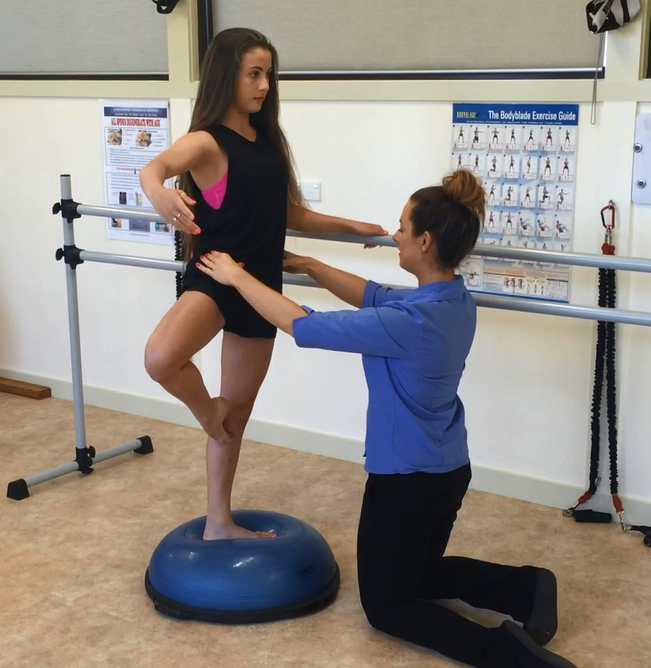Recent research by Kenny et al (2015) stated that dancers in full time training (pre-professional) are likely to sustain 4.6 injuries per 1000 hours of dancing with the greatest risk associated with having a previous injury.
This is particularly alarming when most full time dancers will train for over 1600 hours per year. In many cases, there is no gradual increase in training load as young school aged dancers transfer into full time dance. Often, these adolescents are “thrown in the deep end” and are expected to be able to dance at a professional level.
How to move safely into full time dance – Shannon’s tips:
1. Don’t keep dancing on an old injury. If you have had an injury for more than a few weeks and are hoping it will “just go away by itself”, chances are it won’t, and you are more likely to make it worse with more dancing.
2. Full rehabilitation of an injury is essential. The absence of pain does not necessarily mean your injury has recovered. It is imperative that you recover full range of motion, strength and dance specific skills so that you are able to dance to your full potential without becoming injured again.
3. Know the difference between “good” and “bad” pain. Listen to your body. Dancers have an amazing sense of body awareness and yet still push through a class when they are injured.
4. If you’re injured, you can’t do everything. “If you don’t change what you’re doing, then expect the same results.” If you have an injury and keep aggravating it, it will never improve. It is important to listen to your physiotherapist’s instructions on what you can and can’t do. It is highly unlikely that your physio will ever prescribe total rest for an injury. It is likely they will send you back to dancing as soon as possible with a modified dance program.
5. See a physiotherapist who specialises in dance. We all know dancers are not your average humans. They are expected to be able to achieve so much more in regards to flexibility and strength. Physios with dance experience will have the knowledge of what you are likely to do in each class and therefore can more easily fine tune your modified dance program. Their knowledge is also very beneficial in the end stage of rehabilitation where dance specific training and exercises are necessary.

If you would like any further information on our DANCE PHYSIOTHERAPY services, please contact Shannon on
9527 4099
Dance safe,
Shannon Trotter (Dance Physiotherapist)
